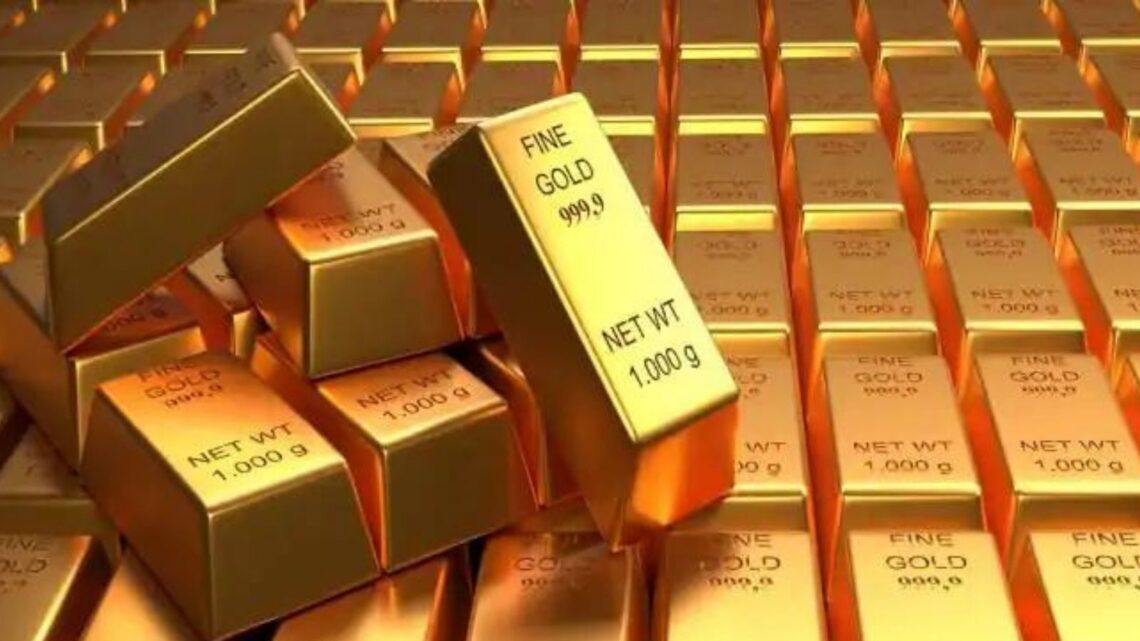The gold futures trading is one of many commodity futures markets where contracts are made to purchase gold at a specific price at a specific future date. Both gold producers but also market makers use gold futures to protect their products from market fluctuations, and speculators use gold futures to profit from those same market movements.
Future delivery of a metal at an agreed-upon price is guaranteed by a legally binding contract for the purchase of precious metals futures. A futures exchange standardises the contracts in terms of quantity, quality, delivery date/time, and location. It is only the cost that can change.
These contracts are used by hedgers to hedge their price volatility on an anticipated buying or selling of a physical metal. Speculators can participate in the marketplaces by depositing the exchange required margin.
There are two ways to approach this situation: Long (buy) positions are obligations to standard performance of the metal, while short (sell) positions are obligations to deliver the metal. The vast majority of commodity futures are settled before the delivery date, because this is how the market works. When a shareholder with a futures contract sells the position before the delivery notice, this is an example of this.

